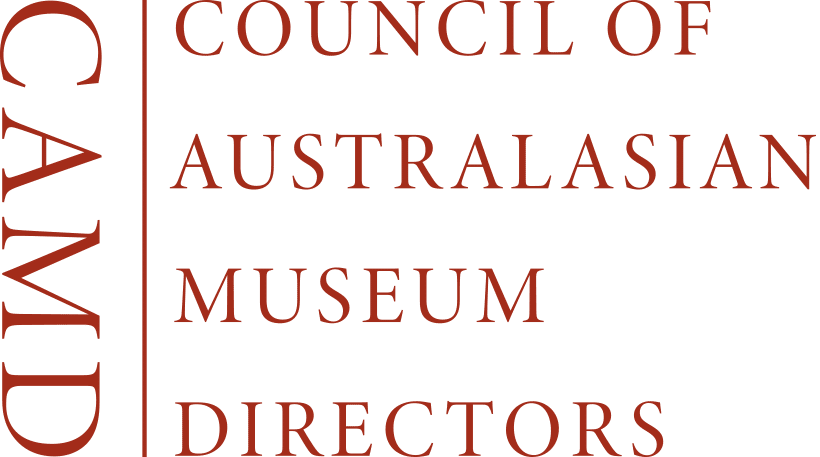Australian Museum CEO Kim McKay and Professor Kris Helgen are co-authors of a new paper outlining 1.1 billion catalogued objects and specimens from around the world. Photo: James Alcock.
Jessica Sier, Australia’s museums contribute to 1.1 billion-object global database, Australian Financial Review, 31 March 2023
When Australian Museum boss Kim McKay learnt that Brazil’s flagship museum had burned to the ground in 2018, she wept at the loss of 200 years worth of objects and specimens.
She was not the only one. Directors at the Smithsonian National Museum of Natural History in Washington, DC, the American Museum of Natural History in New York City, and the Natural History Museum in London were spurred on to begin a global collection audit to reduce the risk of losing irreplaceable information that could help humanity make science-based decisions about its future.
“Once upon a time, museums just focused on taxonomy and identifying species visually,” Ms McKay told AFR Weekend.
“But putting all these collections together in a database lets decision makers from all walks of life fully understand our past and our future, so we can respond to enormous changes to our biodiversity. Once we understand what happened before, we can identify how and why something is changing now. It’s never been more important.”
The result of the audit is a staggering database of 1.1 billion specimens and objects from 73 museums in 28 countries, revealed in a paper called A Global Approach for Natural History Museum Collections published last week in Science magazine.
The global inventory is now a publicly available resource. The Australian Museum has contributed its 22 million objects and specimens, and there are contributions from museums in Queensland, Victoria, South Australia, Western Australia and Tasmania.
“We need to fill gaps in taxonomic, geographic, stratigraphic and cultural understanding of the natural world,” Ms McKay says.
The new research paper reveals that most of the materials were originally “dark data”, meaning only 16 per cent of the collections had digitally discoverable records.
The paper includes Ms McKay and Professor Kris Helgen, chief scientist and director of the Australian Museum Research Institute, as co-authors alongside other international museum directors.
‘We couldn’t agree fast enough’
After the Brazilian museum burned down, the team at the Australian Museum was approached by Kirk Johnson, director at the Smithsonian, asking if they would be interested in collaborating on the global database.
“We couldn’t agree fast enough,” Ms McKay said. “We’d already been looking and exploring our own collection in depth.”
Sydney’s Australian Museum had embarked on a digitisation program 10 years earlier, contacting thousands of volunteers who were eager to catalogue the specimens and objects whose labels were often written in fountain pen from early white settlement in Australia.
The global audit of museum collections began with a framework that split objects and specimens into geographic origins, such as Australasia, Asia temperate, Asia tropical, and north and south Pacific.
Within those regions, archaeological specimens were assigned to their regions, as well as paleobiology, invertebrate and vertebrate zoology, geological and botanic specimens.
“It’s like a scientific bank account, where every deposit is backed up by an original physical specimen and its distinctions are noted,” Professor Helgen said.
“And because our environment is changing, those specimens are accruing interest because many were collected in the 1700s and 1800s. We can’t go back and collect them, but they give us a perspective on what our environment was like then and how those baselines are shifting.”
The new global database will now branch out to include more museums around the world, and Ms McKay said the resource could help in studying everything from genomic sequencing – understanding the DNA sequence of an organism – to pandemic preparedness.
“It’s an incredibly exciting endeavour,” she said. “Most visitors who come through the doors of the Australian Museum in Sydney, or any natural history museum around the world, are unaware that behind the scenes from the public-facing exhibitions, museums are the custodians of vast collections.
“But until now, we haven’t really quantified all these collections together and understood what exists in the world and where.”

